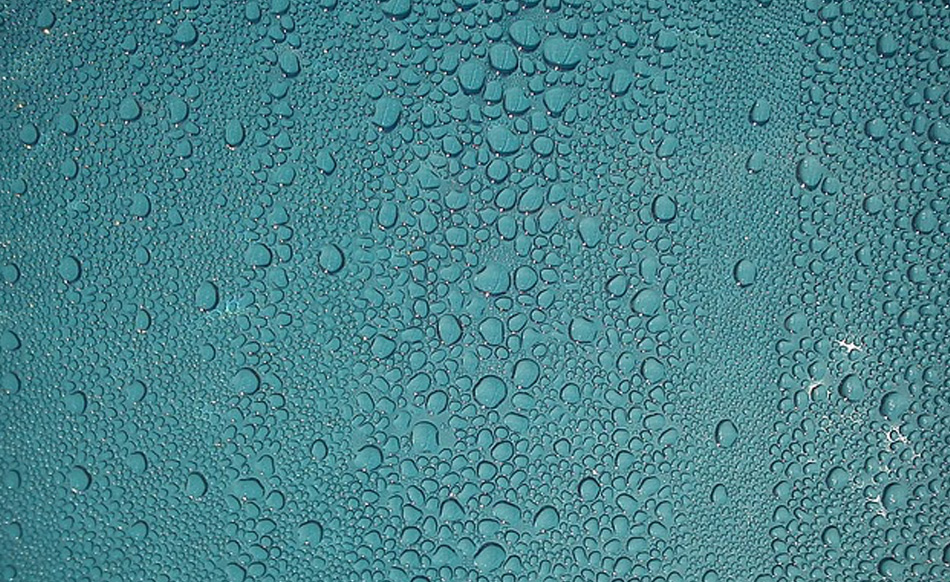We’ve all been there. We wake up in the morning, throw open the curtains and gasp at the saturated window panes and frames and maybe even a spoiled book or two. Condensation is not only unsightly and infuriating but it can also lead to health problems such as persistent coughs, mould infections and exacerbate existing conditions like asthma. In addition the mould that can result can cause bad damage to your paintwork, wallpaper and possessions. But enough doom and gloom, condensation is not something you simply have to grin and bear, even in the depths of winter. Let’s look at some of the most effective ways we can tackle the problem so that it condensation becomes but a memory.
Ventilation: It may seem like a simple solution, but the effects of opening all your windows in the house once a day for an hour or so cannot be overstated. In addition to this you should always ensure that the drip vents of your windows are kept open to facilitate extra airflow that also restricts condensation.
Covering up those pans: When we cook – especially casseroles and saucy dishes, we tend to create an awful lot of vapour. At such times it is not always practical to have all of the windows open (especially on cold winter evenings!) so it is important to cover the pans to stop those window panes from getting condensation over them.
Be smart with showers: When taking those showers, prepare by switching your extractor on or opening a window or Velux. In addition you can manage the amount of moisture that will saturate the air by taking shorter showers.
Winter measures: Make sure that during winter you try to keep the temperature in your house at a constant level. Cold air meeting warm air helps condensation to form. So suddenly opting for a burst of heating is one of the worst things to do. Instead use that thermostat and aim for consistency.
Mind the gap: You can mitigate against the likelihood of the black mould that can result from condensation and even reduce the condensation in your home by ensuring that there is always a suitable gap left between your furniture and walls and windows of your home. Without this gap, the air lingering in the tight space can condense onto the walls and create black mould in areas that you don’t normally see.
Deal with the mould itself: Especially in older properties and after a long holiday with nobody at home it is inevitable that at some point you will encounter condensation and some black mould may result. Where you have black mould there are some excellent sprays that can be bought from many hardware stores and if you want extra protection, there are also some anti-mould paint additives for redecoration purposes.
The permanent solution: In some cases (very old houses or apartments especially) it is tricky to deal with the condensation other than by having a ventilation system installed. Your three main options are passive ventilation systems (cheapest and simplest); heat recovery systems or positive input ventilation systems.


